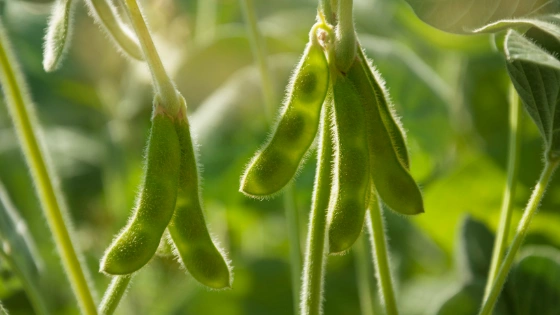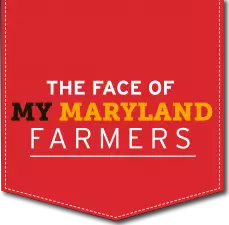 Growing organic sounds like a no-brainer. But, there are a myriad of challenges for farmers who choose to grow organic crops. The “organic” label refers to a specific production method a farmer uses to produce food that is equally safe and nutritious to conventionally produced foods. Researchers at Stanford University evaluated nearly 250 studies comparing the nutrients in organic versus traditional foods and discovered very little difference in nutritional content.
Growing organic sounds like a no-brainer. But, there are a myriad of challenges for farmers who choose to grow organic crops. The “organic” label refers to a specific production method a farmer uses to produce food that is equally safe and nutritious to conventionally produced foods. Researchers at Stanford University evaluated nearly 250 studies comparing the nutrients in organic versus traditional foods and discovered very little difference in nutritional content.
Organic farming is one production option, but not all land is suitable for it. “You have to be cognizant of the field to be used because it may be challenging to manage organically,” Evan Miles says. “Wetter fields are harder to get weeds out, and fields that are highly erodible are tough to grow on. You also have to be aware of the fertility of the soil.”.
Evan operates Bluestem Farms LLC in Chestertown with his father, Evan Sr. The family purchased the 2,500 acre farm operating since 2005. They grow corn, wheat, soybeans, peas, sweet corn and lima beans. Of the total acreage, 160 acres are certified for organic production, including non-GMO soybeans used for chicken feed.
A Navy veteran with a bachelor’s degree in agriculture business management, Evan has studied the difficulties and benefits of growing organic. In Maryland, according to the 2017 Census of Agriculture, the state has over 115 organic farms. It’s a long-term commitment and can be time-consuming. To be USDA certified organic, the land that the farmer wants to use must be free from prohibited substances, like most synthetic pesticides and fertilizers, for at least three years. And, the land has to be buffered from other land that’s not being organically managed. These restrictions require more physical input and frequently take valuable barrier land out of production, which are root causes for the premium price of organic foods.
Evan was familiar with many of the environmentally conscience practices required of organic farming. He has been doing these practices for his conventional crops already, like crop rotation and cover crops, that are non-chemical methods of soil management. Crop rotation breaks up the pest cycle between families of plants and other susceptible hosts. Cover crops, like clover and tillage radishes, provide organic matter and erosion control as well as nutrients.
Integrated pest management is another method for organic and conventional farms to fend off pests. The U.S. Department of Agriculture says it’s a sustainable approach to dealing with pests — insects, plant diseases, weeds and more — with methods to protect human health and the environment.
“Every year is different and weather dependent,” Evan says. “Some years, we have higher pest pressure and others its weed pressure. We use organic pesticides that are approved, but costly and sometimes hard to come by, and tillage to keep weed pressure down.” Tillage carries its own management challenges beyond the time and expense of running machinery over the land. While tillage helps with weed control, it also disrupts soil structure, which can accelerate surface runoff and soil erosion. Evan also adds, “Organic crops add an additional layer of cleaning and separation of our equipment which creates a challenge and more preparation logistically.”
While farmers may get a premium for organic products, these additional production costs and physical inputs from the farmer may provide minimal profit for the added work. “To us, diversification is always good,” he says. “We’re in a small market and we can choose what we grow.”
Even with all of these obstacles to grow organic, Evan says that the farm is adding 40 more organic acres next year.
Hungry for more? Read more about organic farming. Find a local Maryland farm or farmers market that offers organic produce.
Sign up for our newsletter and find us on Facebook, Twitter and Instagram.

